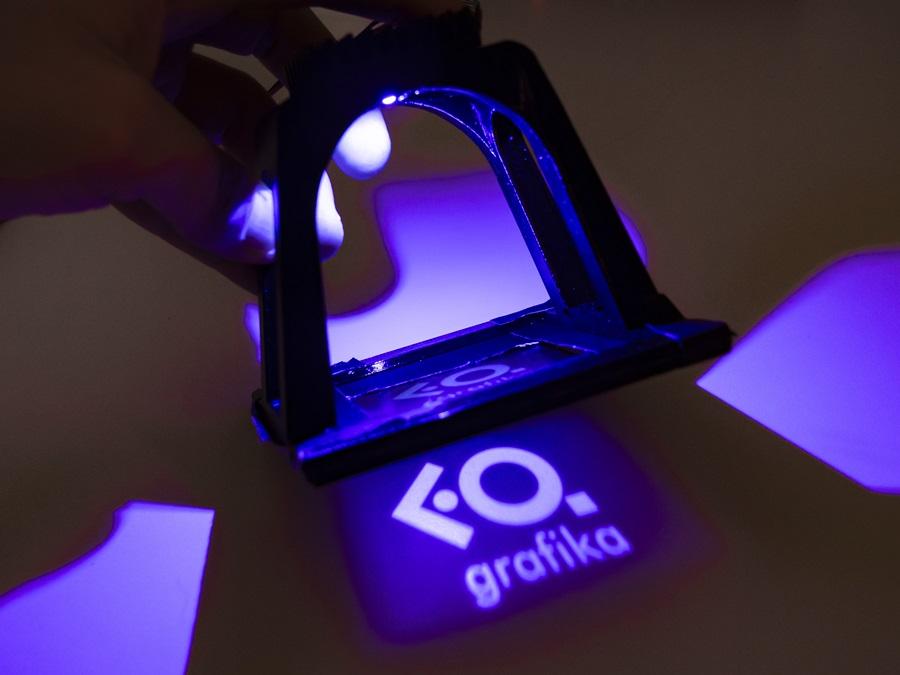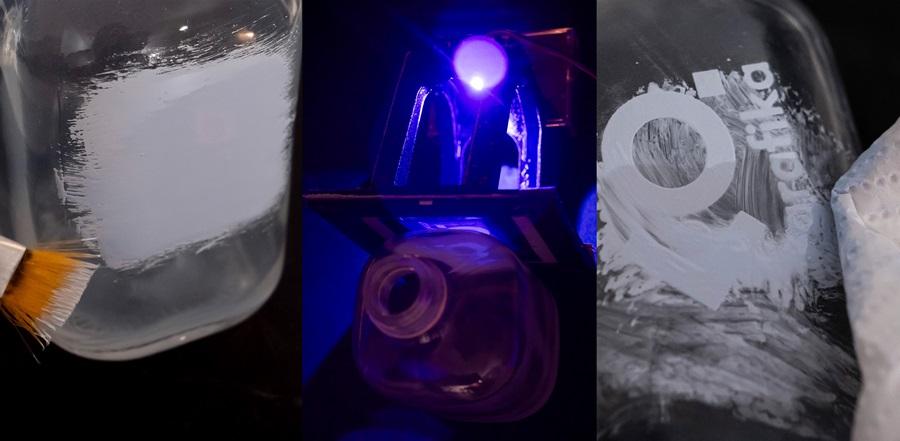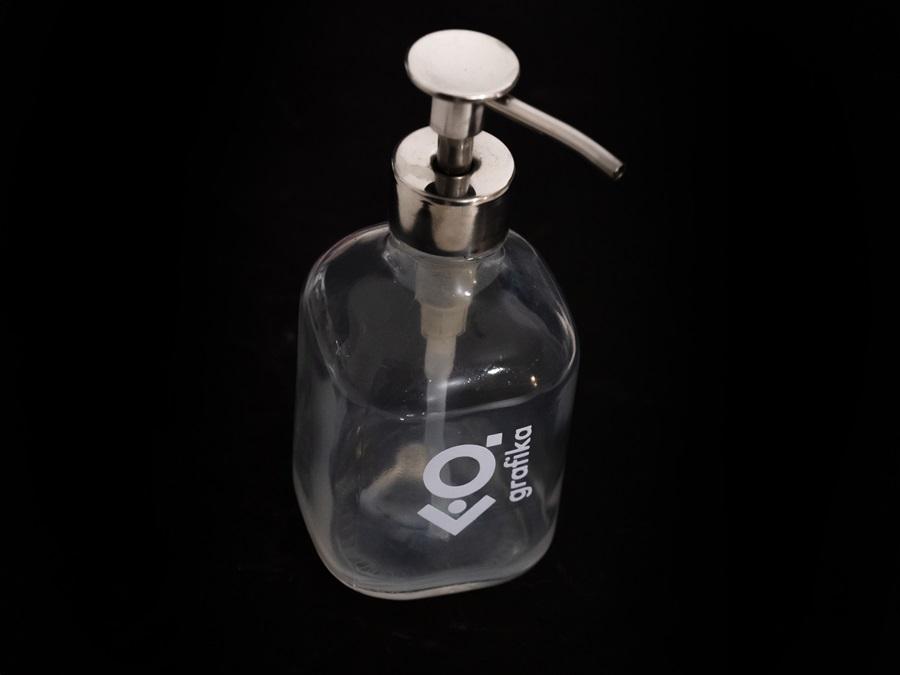The next generation of print
Dr. Wojciech Jastrzębski's project was submitted in the "Gearing Up" category, in which participants showcased projects aimed at improving workshop and manufacturing techniques with new tools. His project stood out as one of the ten awarded entries that advanced to the finals.
The list of finalists
Originally, this tool was intended for printing masks used in the process of etching electronic circuit boards, which involves removing unwanted metal components from their surfaces. Surprisingly, this printing technique can be successfully applied to various materials that do not absorb liquids, such as metal, ceramics, and plastics. Furthermore, it enables printing on curved or irregular surfaces as the image is projected without direct contact with the object.
At the current stage of the project, there is already a prototype that includes a 3D printed case with a magnetic frame that can be covered with a transparent film. Inside there is an LED that glows with ultraviolet light, along with a cooling system. There is also a concept for a more advanced form of the device, with the ability to project graphics directly from the LCD screen.
 Logo of the Department of Graphic Design exposed to UV light
Logo of the Department of Graphic Design exposed to UV light
 The process of printing the Department of Graphic Design logo onto a glass bottle, applying UV ink and exposing the print
The process of printing the Department of Graphic Design logo onto a glass bottle, applying UV ink and exposing the print
 Final printing on a glass container for liquid soap
Final printing on a glass container for liquid soap
It all started with experiments involving UV-cured ink, commonly used in services for repairing the protective coating of electronic circuit boards. What I found appealing was the ability to apply the ink directly to an object, selectively expose it to UV light, and then wash away the unexposed excess without the need for any specialized chemicals. There is no need for screens or stencils. The only thing you need to prepare is a printed pattern on a film.
Wojciech Jastrzębski, Ph.D.
Department of Graphic Design, Faculty of Law and Communication in Wrocław, SWPS University
About Hackaday Prize
Hackaday Prize is a global hardware design challenge focused on widespread and impactful innovation. It creates an opportunity for the open source hardware community and the electronics industry to collaborate on pushing the boundaries of technology — whether by giving old gear a facelift or turning the outdated devices into something useful. All in the name of sustainability, resiliency, and circularity.
Visit the Hackaday website